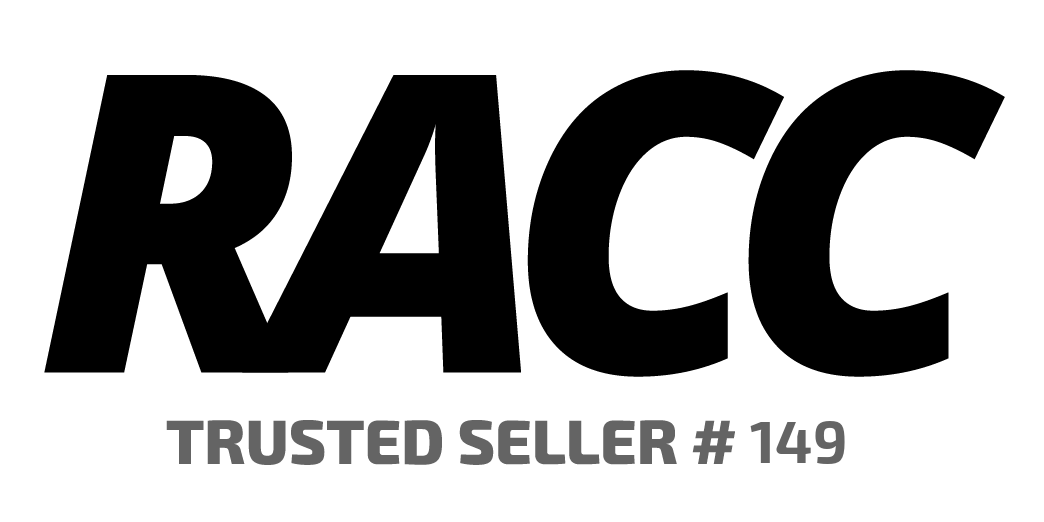John Davy Crockett Signed 'Flying Into A War' 11x16 Lithograph (AIV)
19th Bomb Group B-17 Pilot
- Lot number 9781683
- Total views 56
- Total watched 4
- Lot ended2024-11-21 20:17:44
- Total bids 18
- Winning bid $16.55
- Buyer's premium $2.81
- Total $19.36
- DAILY NO RESERVE
""" Calling all history enthusiasts and collectors!
Prepare to dive into the annals of history with this exceptional find: a hand-signed 11 1/2 X 16 lithograph titled """"Flying Into A War"""" by acclaimed artist Stan Stokes. Authenticated by AI-Verified authentication services, this captivating lithograph commemorates the courageous pilots who flew into the heart of battle during World War II, as witnessed by WWII pilot John Davy Crockett.
In """"Flying Into A War,"""" Stan Stokes expertly captures the tension and bravery of aerial combat, as brave pilots navigate their aircraft through the chaos of war. Against a backdrop of smoke and clouds, the aircraft soar with determination and resolve, symbolizing the indomitable spirit of those who fought for freedom.
The hand-signed signature of John Davy Crockett, a distinguished WWII pilot, adds an extra layer of authenticity and historical significance to this lithograph, making it a prized addition to any collection.
With AI-Verified authentication services, you can bid with confidence, knowing that the signature on this lithograph has been verified using cutting-edge artificial intelligence technology. This ensures that you are acquiring a genuine piece of history, signed by John Davy Crockett himself.
Don't miss your chance to own this rare piece of military memorabilia. Bid now and make this hand-signed Stan Stokes lithograph of """"Flying Into A War,"""" authenticated by AI-Verified authentication services, the centerpiece of your collection. Honor the bravery and sacrifice of WWII pilots and commemorate their enduring legacy. Place your bid today and let this extraordinary piece of history take pride of place in your collection! ""
John Davy Crockett was trained as a navigator by Pan Am in mid-1941 because the USAAF did not have its navigator school in operation. Davy was assigned to the 36th Bomb Squadron of the 19th Bomb Group flying the new B-17C Flying Fortress. Davy found that most Air Corps pilots were used to doing their own navigating, so his job would be easy. Davy experienced a crash in a B-17 while training, but the crew walked away from the wreck. In late 1941 his crew was informed that they would be flying to Clark Field in the Philippines. On December they left Albuquerque and flew to Hamilton Field in California. They received a briefing on expected weather and left on the evening of December 6 for their first stop at Hickham Field, Oahu Hawaii. Flying into the darkness over the vast Pacific, the pilot for the first time in Crocketts career turned the navigation over to Davy. Realizing that the Hawaiian Islands were only small dots on the charts of the vast Pacific, and that his aircraft would have little fuel reserves left when it arrived, sent chills up Crocketts spine. As dawn broke Davy saw lots of islands where there were not suppose to be any. His panic subsided when he realized that they were only clouds. The pilot, Earl Cooper, came on the intercom at that moment to ask for an ETA. As Davy responded, the gunners in the back came on the intercom to report a large formation of aircraft about ten miles north of their position. They must be Navy aircraft. Minutes later they had descended to about 1200 feet when eight fighter aircraft came straight at them with their guns blazing. As the aircraft flew by the flight engineer, Jesse Broyls, yelled out, Rising Sun ! The zeros reformed behind the unarmed B-17, and as Cooper dove the lumbering giant towards the wave tops, Crockett could hear the thump of bullets hitting his plane. The No. 2 engine was hit and Cooper shut it down. Rounding Diamond Head at about 300-feet the crew saw smoke and fire everywhere, and Japanese planes all over the sky. They passed over Hickham Field at about 1000-feet, realizing that this was no time and place for a landing. They turned towards Ford Island and passed directly over the USS Arizona minutes after the ship had exploded. Crocketts B-17 now became a target for nervous anti-aircraft gunners on the ground, and the B-17 had its No. 4 engine shot out. Cooper prepared the crew to bail out, but he then saw an opportunity to bring the big bird into Wheeler Field. He came straight in and belly-landed the B-17 with almost no fuel left. The plane slid to a stop on the turf just short of a group of P-40s. The entire crew got out of the B-17 and ran for cover in a patch of nearby woods. The B-17s on the flight from the mainland were scattered all over the island, with most of them seriously damaged. Fortunately, there were only two casualties, a flight surgeon who was killed and a bombardier who was injured when they were strafed while running from their plane. Crockett would survive a third crash in another B-17 on December 25th when he would spend six days in a life raft."
The lot / autograph(s) includes an official Authentication Integrity Verified (AIV) hologram and matching COA for authenticity purposes.
Authentication: AIV COA
Due to the uniqueness of each item, please refer to the photos provided in this auction. We offer high resolution images of each item rather than a written description of condition.
This item is being shipped from the Pristine Auction warehouse.

















